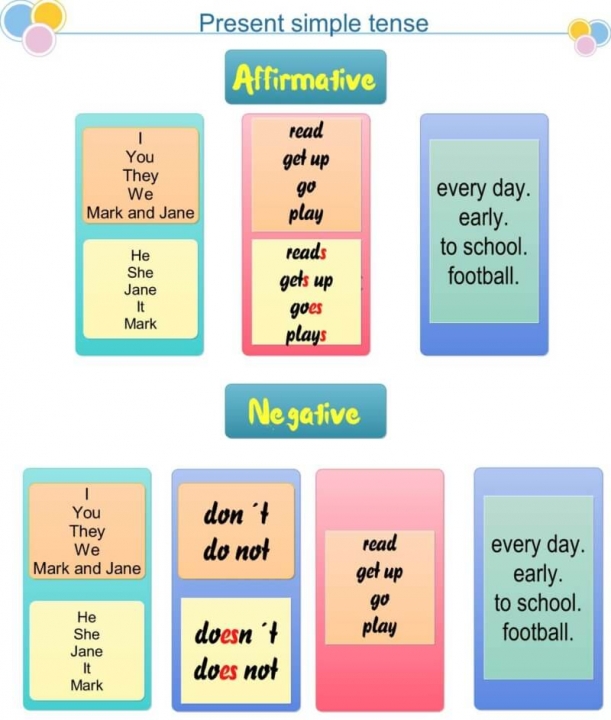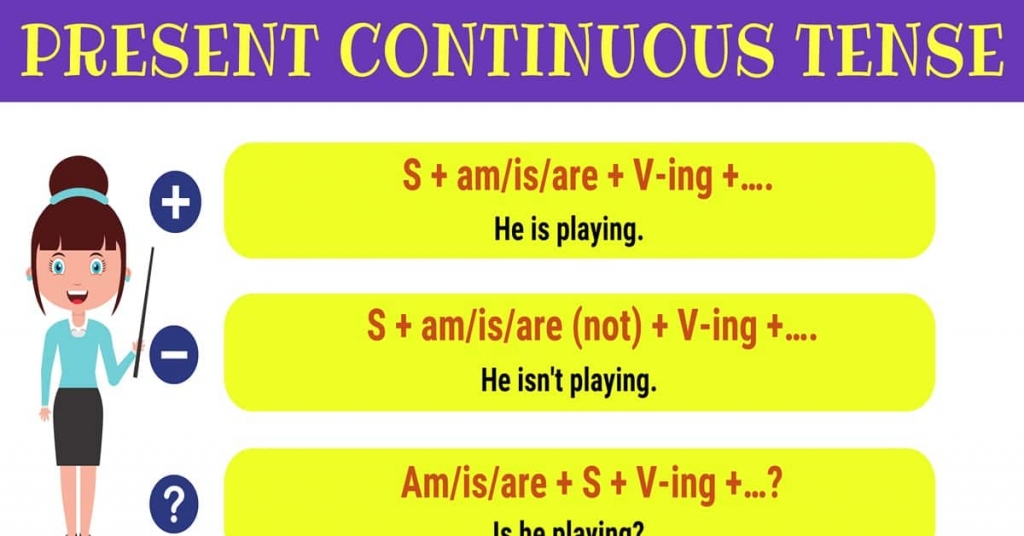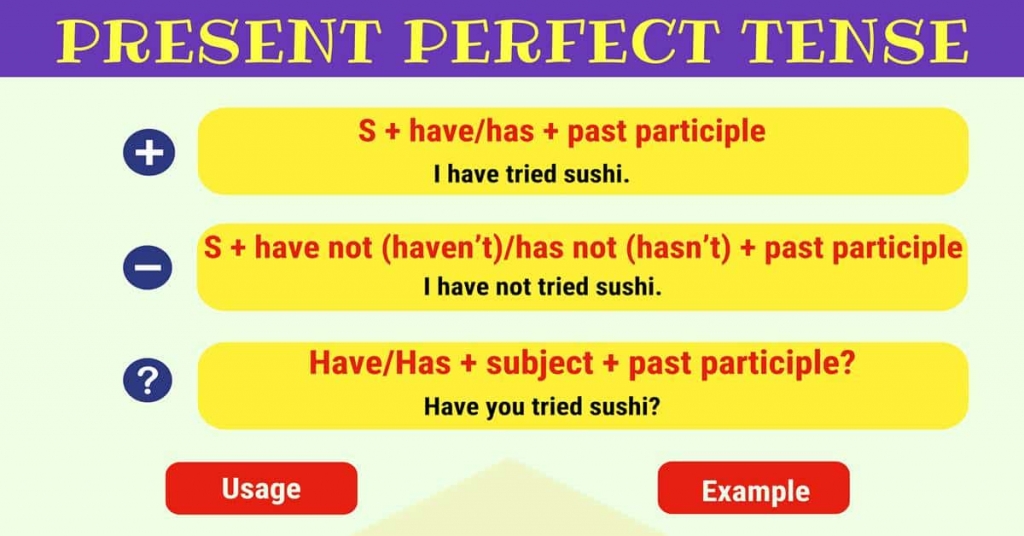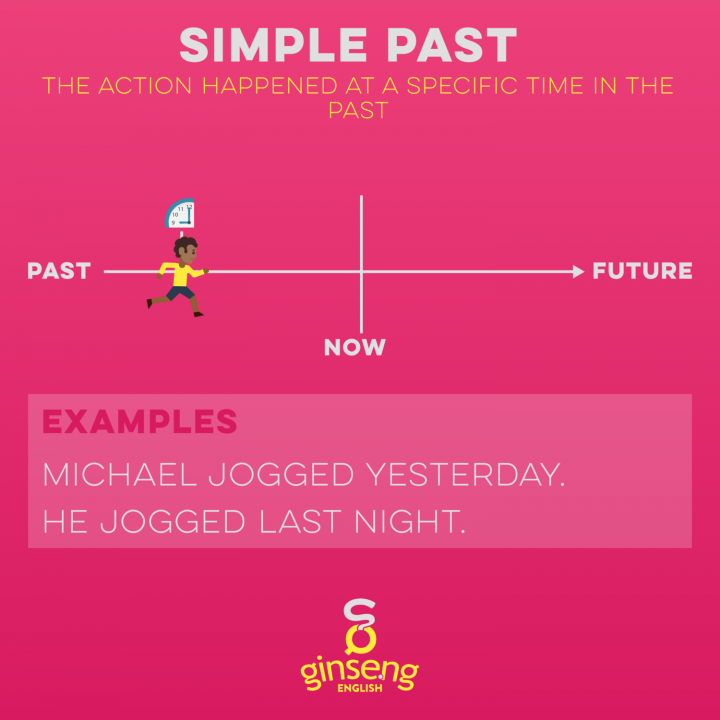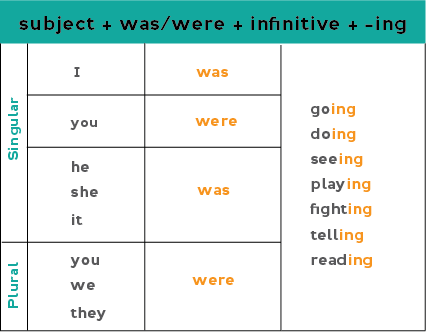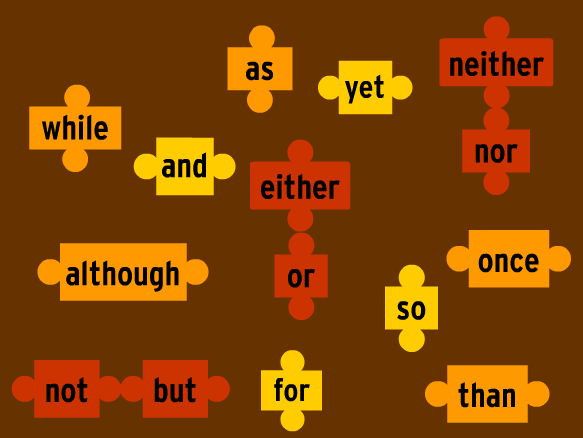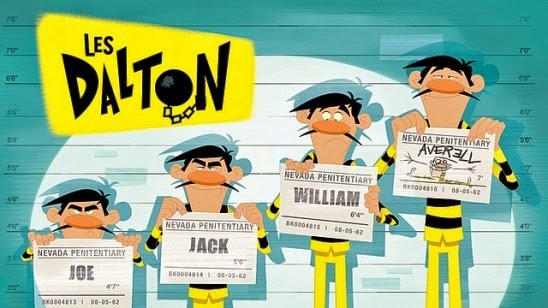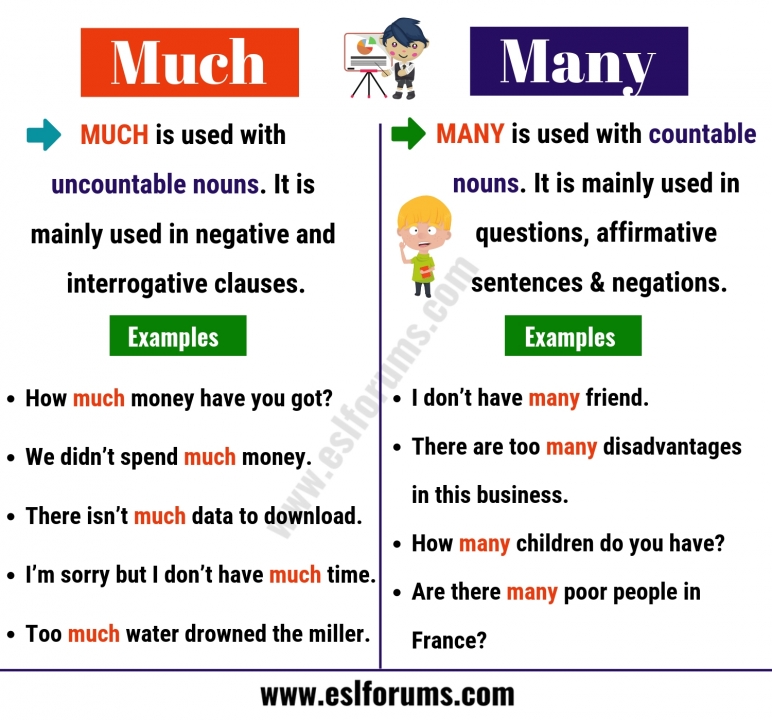Het arrangement English Grammar Database is gemaakt met Wikiwijs van Kennisnet. Wikiwijs is hét onderwijsplatform waar je leermiddelen zoekt, maakt en deelt.
- Auteur
- Laatst gewijzigd
- 10-09-2020 09:22:48
- Licentie
-
Dit lesmateriaal is gepubliceerd onder de Creative Commons Naamsvermelding 4.0 Internationale licentie. Dit houdt in dat je onder de voorwaarde van naamsvermelding vrij bent om:
- het werk te delen - te kopiëren, te verspreiden en door te geven via elk medium of bestandsformaat
- het werk te bewerken - te remixen, te veranderen en afgeleide werken te maken
- voor alle doeleinden, inclusief commerciële doeleinden.
Meer informatie over de CC Naamsvermelding 4.0 Internationale licentie.
Aanvullende informatie over dit lesmateriaal
Van dit lesmateriaal is de volgende aanvullende informatie beschikbaar:
- Toelichting
- Overzicht van alle grammatica onderdelen van het vak Engels.
- Eindgebruiker
- leerling/student
- Moeilijkheidsgraad
- gemiddeld
- Studiebelasting
- 4 uur 0 minuten
Bronnen
| Bron | Type |
|---|---|
|
Present Simple - Meester Gijs https://meestergijs.nl/unit/uitleg-via-video/?id=151 |
Video |
|
Present Continuous - Meester Gijs https://meestergijs.nl/unit/video-3/?id=2753 |
Video |
|
Present Perfect - Meester Gijs https://meestergijs.nl/unit/video-5/?id=2934 |
Video |
|
Past Simple - Meester Gijs https://meestergijs.nl/unit/video-2/?id=2252 |
Video |
|
Past Continuous - Meester Gijs https://meestergijs.nl/unit/video-4/?id=2872 |
Video |
|
Much and Many https://www.youtube.com/watch?v=VwSRoLUCXmI |
Video |

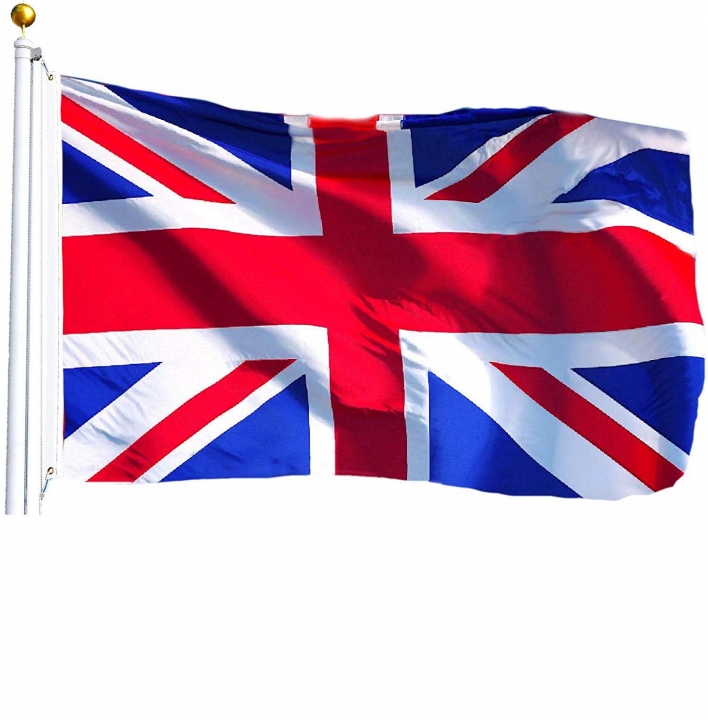
 Present Simple - Meester Gijs
Present Simple - Meester Gijs
